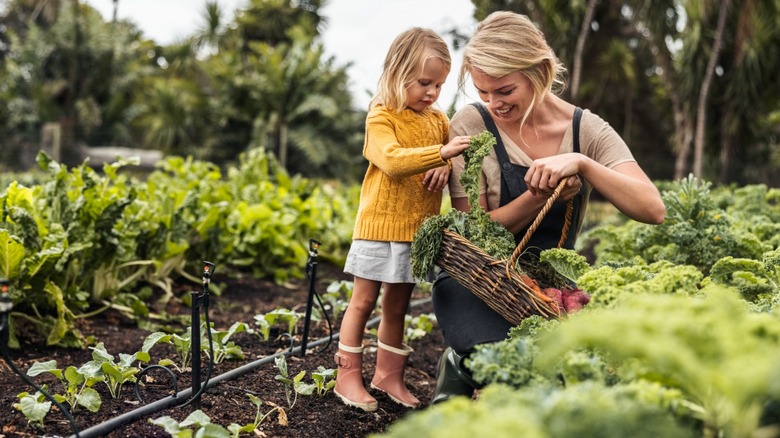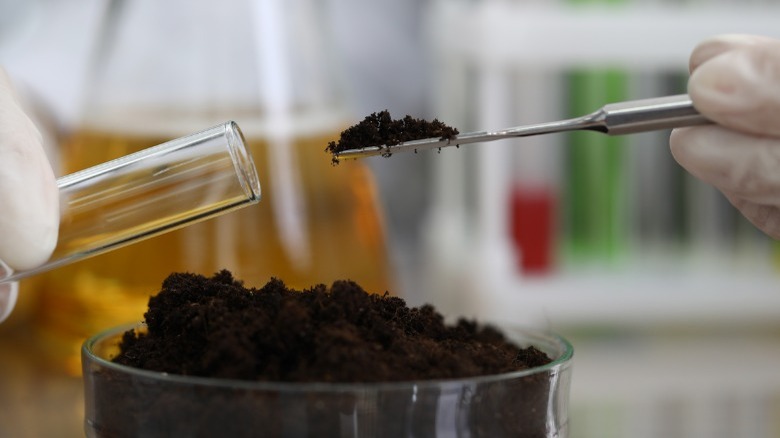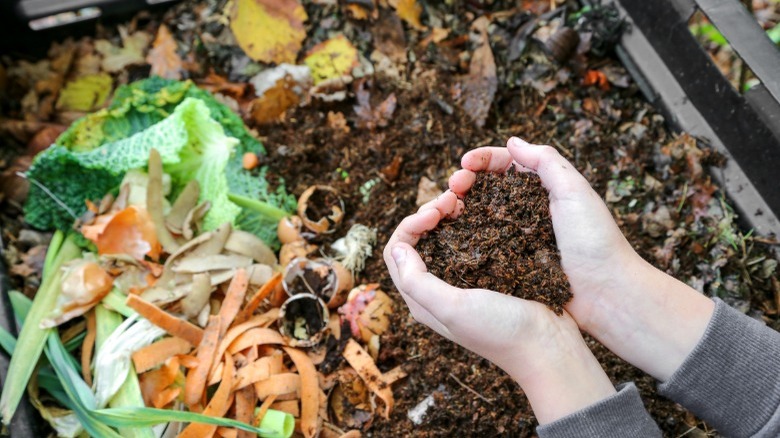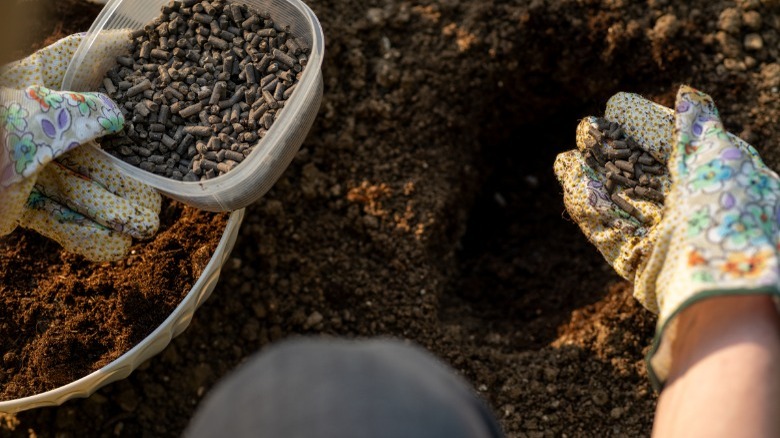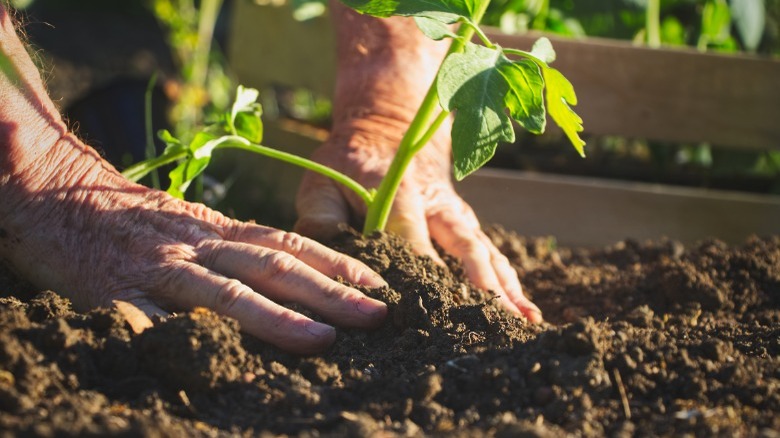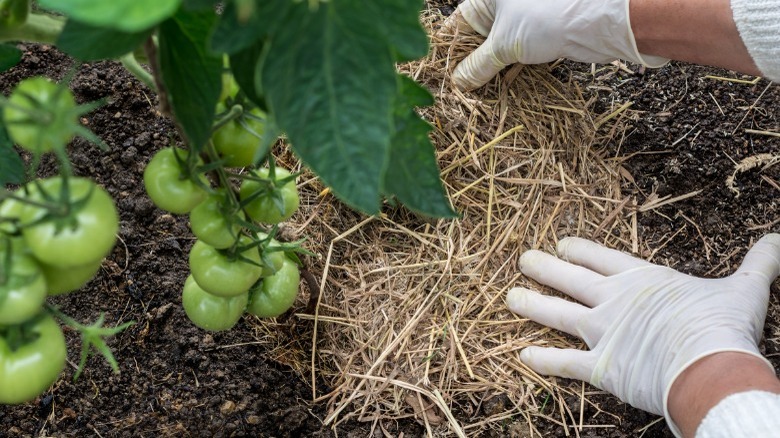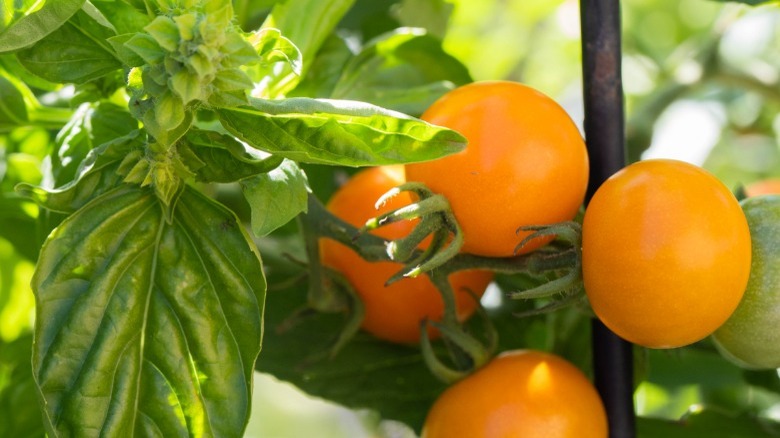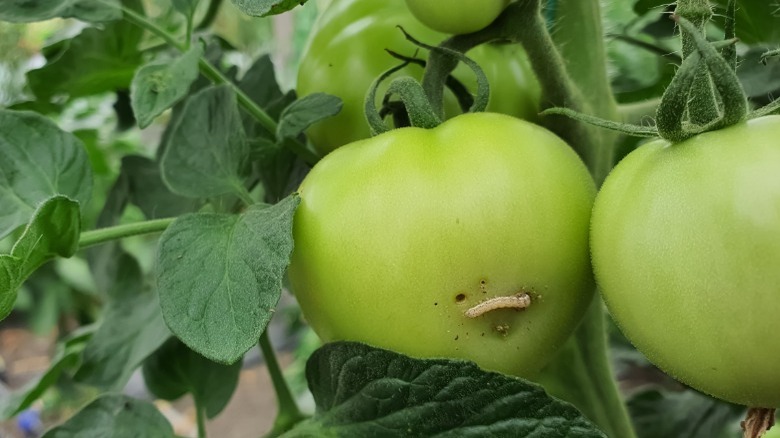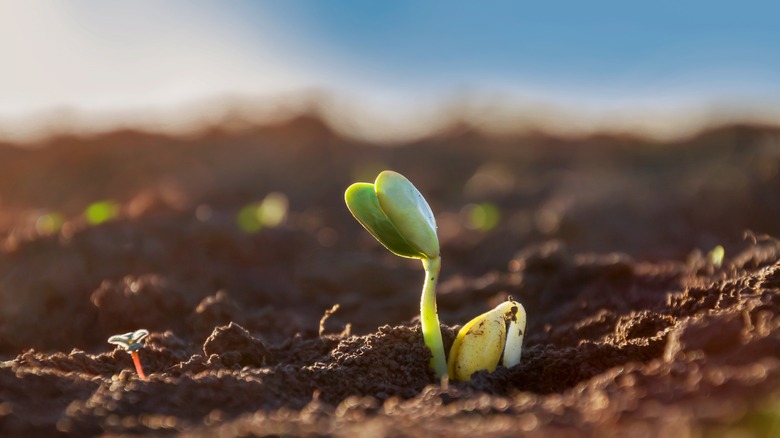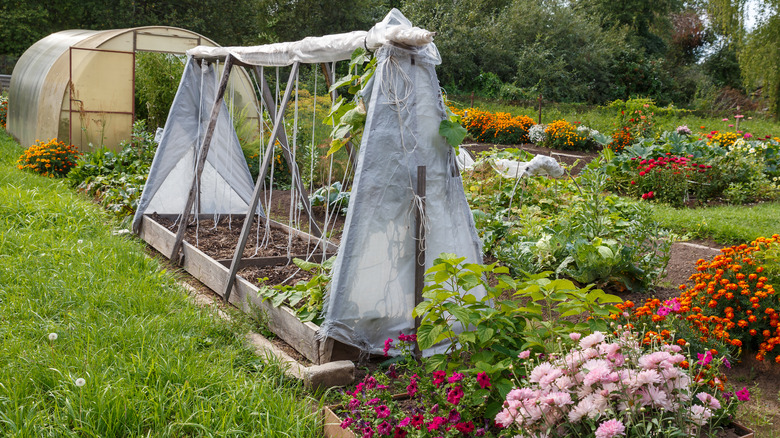Tips On Starting Your Own Organic Garden
With all the craziness and uncertainty in today's world, many people are deciding to go back to basics and utilize their backyards to grow vegetable patches and crops. Anyone who has ever eaten something freshly picked from the garden knows how much more intense the flavors are. However, there is an added focus on growing these fruits and veggies organically. After all, there are multiple benefits to doing so, not the least of which is the environment. It involves making a serious commitment and a conscientious choice to reject the use of chemicals and instead embrace natural methods for sustainability.
But there is also a human element to the choice. More and more individuals and families are discovering they prefer organic foods but simply can't afford the higher grocery prices. Because of this, they are deciding to try their hand at growing their own. If you're interested too, here are some tips on starting your own organic garden.
Get your soil tested
Naturally, the first thing we will discuss is getting your soil tested. This is going to be critical for making the appropriate amendments to the dirt. You might not need to add anything but compost, but over time it can still become depleted of certain nutrients from repeated planting and harvesting. Therefore, you will need to test the soil approximately every couple of years, and in the beginning when you're first starting your organic garden. Various DIY methods can tell you whether the soil is alkaline or acidic. However, it's important to have a more detailed report initially. On average, you can find testing kits online for around $30 to $40.
You can also send your dirt directly to companies like Easy Organic for $25. This negates the need for a kit. You can send them a soil sample, and they'll send you back the results, including the nutrients in your dirt and their levels. The easy-to-read results are in a graph and show whether each nutrient is low, medium, optimal, or very high. This makes it very simple to understand the condition of your soil and which nutrients it needs. Another great thing about these tests is they even include a professional recommendation for the right organic fertilizer. But you can choose whatever testing kit you like, as long as it includes these details.
Add soil amendments to the dirt
Once you know what nutrients are missing in your dirt, you can amend them. Composting is one of the best ways to fix your levels, but it takes a minimum of a year to age and become ready for dirt integration. Mix the compost into the soil before the spring planting each year. You can also add it in late summer to grow fall crops. Great composting materials include fruit and vegetable scraps, eggshells, nut shells, coffee grinds, tea bags (filters included), grass clippings, leaves, and wood ashes.
Another possible soil amendment is manure, which will help to fertilize your organic plants. Beware of adding it straight to the soil, or it can burn the plants. Instead, wait until after the fall harvest to mix it into the soil. An even better option is to add it to the compost and allow it to age with everything else over time. You can also purchase organic fertilizers such as fish emulsion, seaweed extract, and bone meal. Planning in advance for your organic garden is a crucial step. Having healthy soil for your plants will help them build strength and natural resistance against disease and bugs.
Use organic fertilizer
One of the big differences in organic gardening is using organic fertilizer. Though we've already gone over some of the main types when discussing soil amendments, there are a few other things to know. For instance, when using manure, you can use the excrement from chickens, cows, horses, goats, sheep, or rabbits. However, you must ensure the animals didn't eat grass and hay treated with herbicides or pesticides. If you can personally source your manure, you will have no problem verifying that. Otherwise, always read the labels to ensure you get certified organic fertilizers when purchasing products.
Incidentally, if you know what nutrients your soil is low on, you can check to see which animal or product has the best supplement for that deficiency. For example, bone meal is a good source of phosphorus that can be an important amendment if the soil is low. When you need to add high nitrogen levels to the ground, which happens when you plant certain crops such as carrots, broccoli, or corn, blood meal or fish emulsion may be the best option. Kelp meal can be added to the soil to prevent disease. It's important to know the condition of your soil to choose the best organic fertilizer.
Source organic seeds or plants
Once you have prepared the soil and added the necessary nutrients, avoiding any seeds or plants that have been chemically treated is imperative. Seeds will say "organic" on the package, so be sure to read the labels. If you can't find any organic options at your local nursery or hardware store, find them online via reputable garden companies. Only use starter plants certified as organically grown, as commercially grown plants are raised in chemical baths.
As for which plants to grow, start with smaller-space varieties that your family loves to eat already. Peas, potatoes, lettuce, tomatoes, and spinach are some terrific healthy choices. Try growing baby gourmet varieties of your favorite vegetables instead, as growing your own food will take up considerable space. Another great tip is to plant both cool and warm-season crops, so you will have food to harvest twice a year. This will involve planting in early spring as well as in mid-summer. It will also give you a larger selection of choices for different varieties, and helps keep the ground healthy.
Use organic mulch to maintain
Organic mulch is a treasure trove of nutrients for your organic garden. Additionally, it's widely used for weed prevention. It also helps to preserve moisture and to prevent erosion and compaction. And since it's made from organic materials, it will break down into the soil and provide more nutrients over time. People who use it will notice benefits such as watering less often and less weeding time. It can help suppress pathogens and pests, as well.
One of the best organic mulches for vegetable gardens is straw. You will need to find a source for quality straw without weed or grain seeds. You can try hay if you use alfalfa or clover field bales without weed seeds, but it may be tough to find. Once your vegetables have grown for a few weeks, put a thick layer of at least four to six inches between rows. Be sure to leave one to three inches of space next to the plant stalks themselves.
Pine needles can also be used for annual, perennial, and vegetable gardens. They also need to be placed about four to six inches thick. Be careful not to gather pine needles from public land because they will likely have been sprayed with pesticides. Another option is grass clippings from your yard, as long as you don't use pesticides or herbicides in your lawn care. You must let the clippings dry out first, and pile them two to four inches thick for a good organic mulch. It will probably need to be reapplied at least once during the growing season. These are some of the best options for organic home gardens.
Companion planting for pest control in your organic garden
Probably the main ongoing issue in organic gardening is pest control. Luckily, there are a few different approaches you can take to keep pests to a minimum in your garden. One method involves companion planting, which can be implemented in several ways. For example, some people use a "trap crop" with something like nasturtiums to draw detrimental pests away from their more valuable crops.
Another way people use companion planting for pest control is by growing specific types of known pest deterrents alongside other plants. This is also beneficial for stimulating growth, and can even improve flavors if you know what plants to put where. For example, basil is a good pest deterrent that also works to bring out flavors when planted alongside tomatoes or lettuce. Oregano works in the same way, and also contains a wealth of vitamins and nutrients. Companion planting can also improve soil content by planting species with lots of nitrogen, such as legumes. By knowing and understanding the benefits of different plants and how to use them in companion planting, you have another tool in your organic gardening toolbox.
Other ways of organic pest control
There are a few other pest control methods for organic gardeners that will help in the ongoing battle with pests. One thing is Neem oil, which you can find at Lowe's for $10.98 for the Bonide Organic Neem Oil spray. Neem oil is derived from the Neem seed and is an entirely natural fungicide, miticide, and insecticide in one. It needs to make contact with the insects, which means you may need to apply it often. Insecticidal soap can work in infestations of aphids, spider mites, and other soft-bodied insects in much the same way. Food-grade diatomaceous earth can be found at Lowe's for $13.98, and it makes another great weapon against pests. The only problem is it also must make contact with insects and easily washes off when it rains, so it needs to be applied often.
If you still need some added protection against detrimental insects, you can opt for some floating row covers. These materials keep insects and other pests out while allowing air, light, and water to get in. However, you need to put them in place at the time of planting for them to be effective. You also can't use them on crops that depend on pollination. But they can really help with keeping pests out of your organic garden.
Use cover crops to build organic soil content and increase microbial activity
Like companion planting, using cover crops is another way of utilizing nature to your advantage in organic gardening. Cover crops help control erosion and build nutrients in the topsoil, increasing microbial activity and providing food for earthworms and other microbes. These things are essential for a balanced and healthy ecosystem for an organic garden. Many people choose to plant cover crops to sustain a no-tilling system in between planting regular food crops. These types of cover crops die off in the winter or before spring planting or can be easily mowed down and used for mulch.
One of the common things organic gardeners use is a rye or other winter grass and legume combination. These two combined provide a balanced nutrient input and enhance the availability of other vitamins and elements vital to the soil and plants. Many people plant cover crops in early fall and mow them into mulch around May. Then, the spring planting can be seeded right into the mulch from these same cover crops. This is an excellent tool for organic gardening that provides instant mulch and fertilizing benefits with natural resources.
Rotate your crops
After you've sown and reaped the benefits of having an organic garden, you'll want to continue doing it year after year. Because of this, it's important to remember to rotate your crops. As we've covered, soil health is the key to success. We've also discussed a little bit about how each plant both needs and gives back different nutrients to the soil. Armed with that knowledge, you can begin to see why the rotation of your crops is so important. Planting the same crops in the same spots yearly depletes the soil and creates an imbalance.
Crop rotation is another important practice to implement in your organic gardening techniques. Becoming familiar with each type of plant you want to use in your own organic garden is crucial to understanding their needs and will help prevent possible problems. Deciding to embrace organic growing is a complete lifestyle change that takes a lot of hard work and dedication. But with careful, strategic planning, you can have a healthy and prosperous organic garden.
